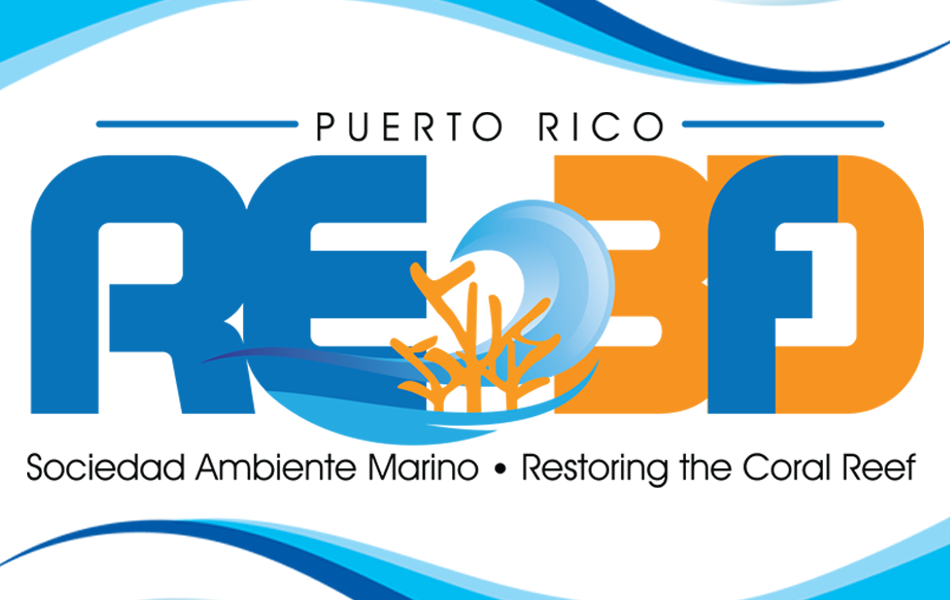
Project Summary
In September 2017, Hurricanes Irma (Sept. 6, 2017) and María (Sept. 20, 2017) devastated the Island of Puerto Rico, including its coral reefs. Notably, these hurricanes destroyed and flattened many shallow-water coral reefs across the Island’s northeastern coast. The impacts of storm-generated waves (i.e., coral mortality, severe fragmentation, and dislodgement) concentrated on reef-building and ESA-listed corals such as Acropora palmata, A. cervicornis, and Orbicella annularis. Consequently, the three-dimensional structure of most impacted coral reefs was vanished or severely compromised. The functioning and resilience of coral reefs ecosystems depend on the structural complexity of the reef framework. For instance, the structural complexity of coral reefs facilitates ecological processes such as predation, herbivory, and nutrient cycling, promoting the recruitment of key corals, fish, and other benthic species (i.e., lobster and sea urchins). Furthermore, reef structural complexity is directly involved in wave energy dissipation that benefits adjacent coastal ecosystems (e.g., seagrass meadows, mangrove forests) and coastal shorelines. Therefore, it is critical to initiate restoration projects that focus on recovering and boosting reef structural complexity, which in turn will harness the ecological processes that will facilitate not only the recovery of habitat availability for reef dwellers but also the functioning, resilience, and services provided by coral reefs.
Project Goal
The main goal of the proposed project is to restore four coral reefs in the Island Municipality of Culebra (Puerto Rico) using a multi-method restoration approach. The four reefs in Culebra were selected because their structural complexity was severely flattened after Hurricane Irma and Maria and because it is where both Sociedad Ambiente Marino (a non-profit, community-based coral reef restoration program) and scientists from Florida International University are actively conducting restoration and research work. We are also focusing on Culebra Island because it is part of NOAA’s priority Northeast Reserves System Habitat Focus Area (NER-HFA) due to its cultural, economic (i.e., tourism), and ecological (i.e., fish habitat) importance. Specifically, we propose restoring the three-dimensional structure of 2 acres of coral reefs by employing a multi-method restoration approach that combines the outplanitng of artificial coral colonies (ACC) created with emerging 3D printing technology multispecies outplants composed of morphologically complex branching and massive corals.

